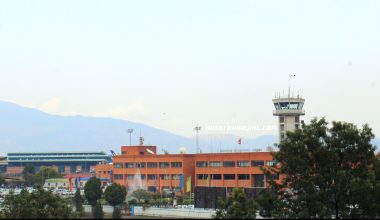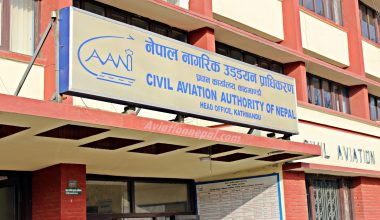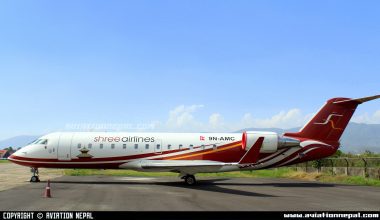Is aviation being safer in Nepal?
May 18, 2017
Vibrant terrains, constantly changing weather, increasing air traffic and difficult topography collectively challenge the aircraft operation in Nepal. Despite all these circumstances, the airline and airport operators work effectively to enhance sound and safe flight operation in Nepalese sky.
Mostly the aircraft like Twin Otter DHC- 6300/400 and Dornier DO-228 operate in STOL (Short Takeoff and Landing) airfields located in narrow valleys or hill-tops. Such airfields are always challenging and dangerous for flight operation.
The majority of aviation accidents in Nepal over past 10 years happened with the turbo-prop aircraft operating in STOL airfields. There were 11 accidents and 134 fatalities with turbo-prop airplanes having 19 or less seats. Likewise, there were 13 accidents with helicopter operations that took the life of 33 passengers. Especially, controlled flight into terrain (CFIT) remains the major contributor of the fatal accident. Out of 12 accidents in the last 10 years, 5 were CFIT related resulting 100 fatalities.
The following figure illustrates the accident of Nepalese Registered Aircraft from 2006 to 2015.

2016 became a prosperous and safe year for aviation industry of Nepal despite some fatal and minor air crashes.
On February 24, 2016, Tara Air Flight 193 met a fatal accident while en route to Jomsom from Pokhara. The Viking Air DHC-6400 Twin Otter crashed at Tirkhe Dhunga of Dana VDC killing 23 on board.
Likewise, On 26 February 2016,PAC 750XL operated by Air Kasthamandap, ‘9N-AJB’ with eleven people on board, crashed at Chilkhaya in Kalikot district,Nepal, killing two crew members and injuring the nine passengers, one critically. The accident occurred only two days after a Viking Air DHC-6-400 Twin Otter of Tara Air crashed in Nepal, killing 23.
On August 8, 2016, Fishtail Air’s AS 350 B2 with registration ‘9N-AKA’crashed at Bhetini in Nuwakot District killing all seven people on board. The helicopter that took off from Gorkha was airlifting the new-born for treatment in Kathmandu with her mother.
Hence, in comparison to past years, 2016 was progressive year for Nepali aviation not only in term of safety but also in number of air passengers. Domestic airline operators are having a hefty flight schedules and are also expanding their fleets. Travelers’ today prefer flying rather than driving due to the unsafe and poor highway conditions. According to the statistics from Tribhuvan International Airport (TIA), the number of domestic air passenger climbed with 28.85 percent to 1.75 million passengers last year.
To improve the aviation safety further, the regulators and service providers must workout effectively to implement strict safety strategies.






